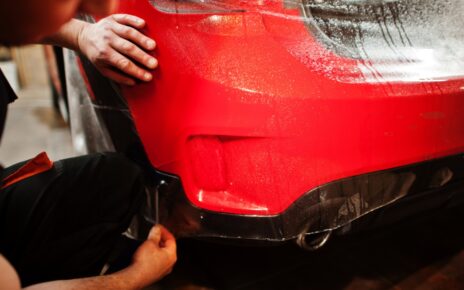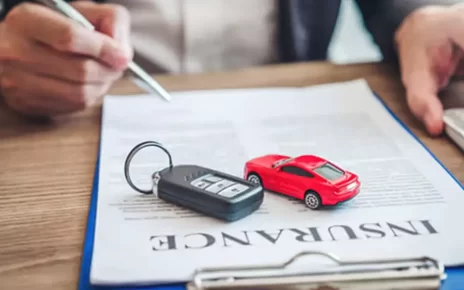Vehicle armoring has become an essential aspect of security for various individuals and organizations worldwide. Whether it’s for government officials, business executives, or high-net-worth individuals, the need for protection against potential threats has led to advancements in vehicle armoring technology. Understanding the different levels of vehicle armoring is crucial for selecting the appropriate protection based on specific needs and threat assessments. In this article, we will explore the different levels of vehicle armoring, materials used, and the protection each level provides.
What is Vehicle Armoring?
Vehicle armoring involves reinforcing a vehicle to protect its occupants from ballistic threats, explosive devices, and other forms of attack. This process typically includes the installation of bulletproof glass, reinforced steel, and other advanced materials to enhance the vehicle’s safety features. Companies like Troy Armoring offer comprehensive armoring services, including the provision of armored spare parts to ensure continuous protection.
Levels of Vehicle Armoring
Vehicle armoring levels are standardized to provide a clear understanding of the protection each level offers. These levels are primarily categorized based on the type of ammunition they can withstand, ranging from small arms fire to high-powered rifles and explosives.
Level B4
Protection Against:
- Handguns up to .44 Magnum
- Smaller caliber weapons
Level B4 armoring is designed to protect against threats from handguns and smaller caliber weapons. This level is often chosen for civilian vehicles that require basic protection. The armoring includes bulletproof glass and reinforced panels that can stop bullets from handguns and submachine guns.
Applications:
- Civilian use
- Low-risk areas
Level B6
Protection Against:
- High-powered rifles up to 7.62mm
- Assault rifles such as AK-47 and M16
Level B6 armoring offers a higher degree of protection, capable of withstanding high-powered rifles and assault weapons. This level of armoring is suitable for individuals who face moderate to high-risk threats. Vehicles armored to this level include reinforced steel and advanced composite materials to provide robust protection.
Applications:
- High-risk areas
- Business executives
- Government officials
Level B7
Protection Against:
- Armor-piercing rounds
- High-powered rifles with armor-piercing ammunition
Level B7 is one of the highest levels of vehicle armoring, designed to protect against armor-piercing rounds and high-powered rifles. This level of protection is often required for military and high-security applications. Vehicles at this level are reinforced with heavy-duty materials and advanced armoring techniques.
Applications:
- Military use
- High-security personnel
- Extreme risk environments
Materials Used in Vehicle Armoring
The effectiveness of vehicle armoring heavily depends on the materials used. Common materials include:
- Ballistic Steel: Provides a high level of protection and is used to reinforce the vehicle’s structure.
- Bulletproof Glass: Multi-layered glass combined with polycarbonate to prevent shattering upon impact.
- Aramid Fibers (Kevlar): Lightweight and strong, used to reinforce panels and protect against shrapnel.
- Ceramic Composites: Used in high-level armoring to provide enhanced protection against armor-piercing rounds.
Importance of Armored Spare Parts
Maintaining an armored vehicle requires regular checks and replacements of key components. Companies like Troy Armoring provide Troy Armoring armored spare parts to ensure that the vehicle’s protective features remain intact over time. These spare parts are essential for maintaining the integrity of the armoring and ensuring continuous protection.





